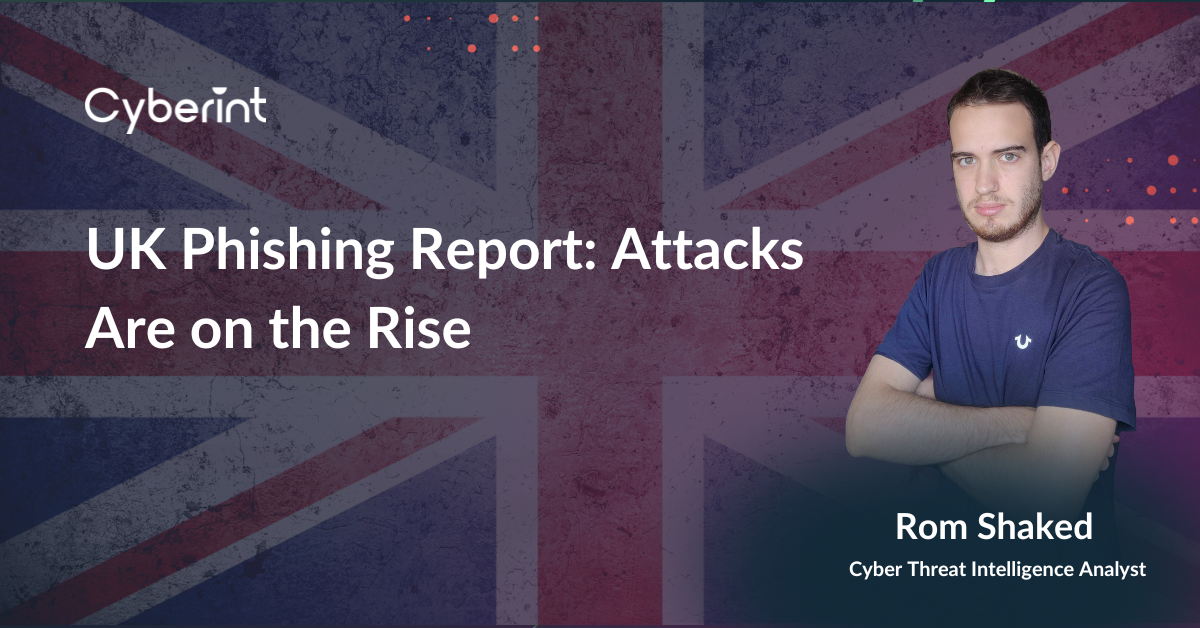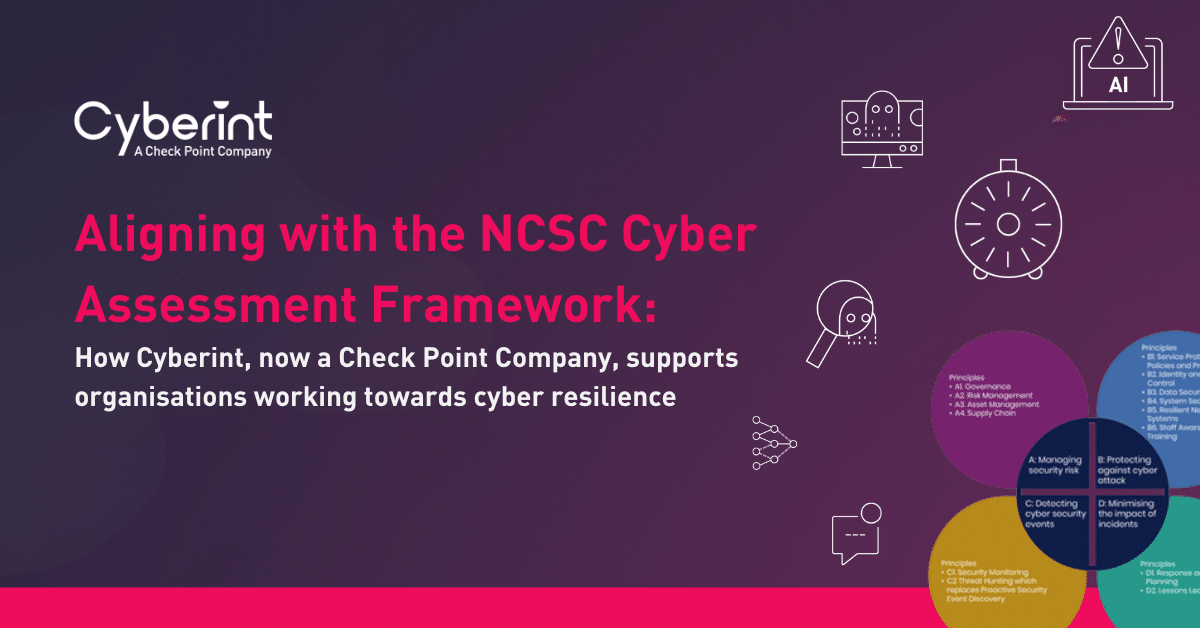


The data about the rise of phishing attacks against businesses in the United Kingdom is in, and it’s bleak: UK phishing reports indicate that 79 percent of organizations in the UK were targeted by phishing attacks in the past year.
Meanwhile, phishing is the initial attack vector in 36 percent of all data breaches globally, according to Verizon’s 2023 Data Breach Investigations Report. And 80,000 new phishing sites appear every month, according to Cyberint research.
In short, phishing is as widespread and damaging as ever – and the rise of AI, which threat actors can leverage to execute breaches, is poised to make the phishing problem in the UK and elsewhere only worse.
AI makes it easy not only to craft compelling phishing messages with optimized grammar, but even to produce entire fake websites that mimic real brands popular among UK consumers – like those in the examples below.
Indeed, “The dark side of AI looms when it’s turned against people,” Emil Sayegh writes in Forbes in reference to AI-generated phishing content.
Phishing scammers also take advantage of cultural events, such as the Eurovision 2023 contest in Liverpool, to target unsuspecting consumers. And even UK police agencies have suffered breaches, despite significant investments in cyberdefenses.
That’s the bad news. But here at Cyberint, we like to think in terms of solutions, not problems – which is why we’re going to use this article to explain what UK businesses can do to turn the tide against phishing attacks.
After all, there are effective ways to mitigate phishing. As the Independent notes, “It’s not all doom and gloom…As the phishers get smarter, so too does the technology individuals and businesses have to fend them off.”
Keep reading for tips on how to get a handle on phishing, no matter what form it takes – from malicious emails or texts to fraudulent websites.
Before diving into phishing solutions, let’s talk a bit more about why UK businesses – and, indeed, organizations around the globe – should be concerned about phishing attacks. This is important because it can be easy to assume that phishing only leads to leaked data, whereas in reality businesses can suffer a range of serious consequences:
The bottom line: The cost of phishing isn’t limited to a hacked email account or malware-infected PC. It can have huge, long-term ramifications for your entire business.
Faced with phishing risks like these, what’s a business to do to protect itself? Here are the key steps.
First, you need to track phishing attempts continuously.
When it comes to less sophisticated phishing attacks, such as those that use email systems, this is relatively easy. You can monitor for phishing content by scanning email systems.
However, phishing comes in many forms, phishing detection is more challenging when attackers leverage third-party channels to do things like build fraudulent sites designed that resemble your own or plant malicious content on social media. You can’t identify those attacks by internal monitoring alone. You need tools that allow you to monitor the Internet continuously for phishing incidents involving any and all of your brands or the duplication of your content for phishing purposes.
You can also take advantage of protocols like DMARC to help prevent phishing emails. DMARC helps to prevent threat actors from sending phishing emails that spoof the customer’s domain and impersonate the customer’s brand to potential victims.
To complement ongoing monitoring for phishing sites, you should also track domain registrations that involve your brand or product names. Domains can be tracked through registrars, domains and subdomains can be tracked through DNS records. Often, domain registration is the first step in launching a phishing website, so by detecting unusual registrations, you can prepare for attacks and predict the type of content that threat actors plan on creating.
Of course, there are an infinite number of domains and websites that attackers could register or launch, and monitoring all of them for malicious activity manually is not realistic. That’s why an anti-phishing strategy must also include automation. Whenever unusual activity involving your brand occurs online, you should receive alerts so you can take action.
A final key element of effective phishing mitigation is collaboration between cybersecurity teams and legal teams. Complex phishing attacks, such as those involving fraudulent use of brand images on malicious websites, have legal implications, and you often need to be able to prove that the sites are illegitimate to get hosts to take them down.
When you do all of the above – detect phishing content quickly, generate alerts automatically and coordinate response by both your legal team and your cybersecurity team – you get phishing takedowns that happen in hours, not weeks. By extension, you enjoy a much lower risk that phishing will seriously harm your brand.
In short, phishing remains a real and present danger for businesses of all types within the UK – which, again, is affected by phishing attacks even more often than other European countries. But with a proactive phishing strategy in place that allows you to detect and react to attacks involving any channel – whether it’s internal to your company or managed by a third party – you can avoid being a victim of phishing.
Learn how Cyberint protects businesses against phishing attacks of all types, enabling rapid takedown and mitigating the financial, reputational and operational fallout of phishing attacks.

©1994–2025 Check Point Software Technologies Ltd. All rights reserved.
Copyright | Privacy Policy | Cookie Settings | Get the Latest News
Fill in your business email to start


